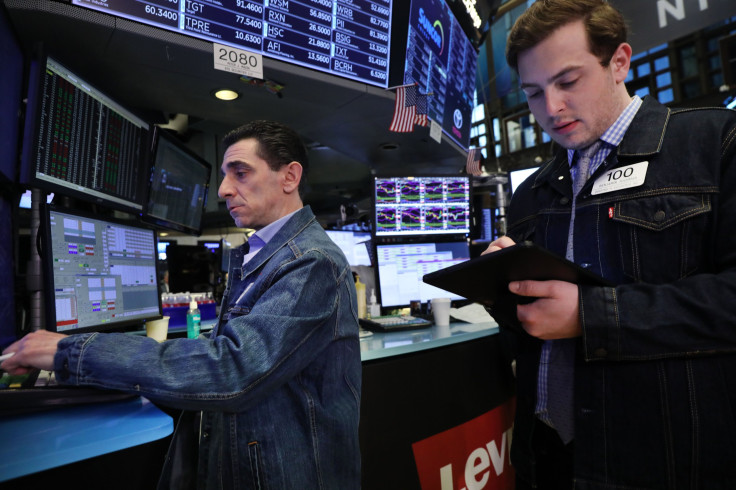Higher Open Expected For US Markets, Oil Price Jumps

Higher open expected for the U.S. markets Monday after the top three equity gauges including Dow Jones jumped an average one percent on Monday morning.
Nasdaq futures surged over President Donald Trump agreeing to go easy on the Chinese company Huawei's ban that restricted buying technology from American companies.
A series of purchasing manager readings (PMI) on Monday showed declines and caused concerns over slowing economic growth. The U.S. factory data is expected to come on Monday.
“The odds of another full-blown conflict have moderated as the U.S. administration is de-escalating,” commented Sebastien Galy, senior strategist at Nordea Investment.
Asian markets high
Asia Pacific markets jumped Monday after U.S. President Donald Trump and Chinese President Xi Jinping agreed to stop tariff slapping exercise and focus more on trade talks.
In markets, mainland China’s Shanghai Composite added 2.22 percent. Japan’s Nikkei 225 jumped 2.13 percent while the Topix index added 2.17 percent. South Korea’s Kospi was fractionally lower while Australia’s ASX 200 rose 0.44 percent. Hong Kong’s Hang Seng index was closed on Monday.
Many analysts are not convinced that the decision to hold tariffs will spur business decisions.
“Although the worst-case outcome has been averted, the threat of tariffs remains and it is unlikely the truce gives much confidence to firms’ investment and hiring decisions,” Tapas Strickland, an economist at National Australia Bank wrote.
On Huawei, Trump agreed to reverse the government’s current ban on American companies selling technology to the Chinese telecommunications giant. Washington had been describing Huawei as a security risk to the U.S. and allies and it was blacklisted by the Commerce Department.
European stocks jumped on Monday after Trump and China President Xi Jinping agreed to resume trade talks and end unilateral tariffs. The pan-European Stoxx 600 surged 0.9 percent.
Oil price jumps
Oil price escalated more than $2 a barrel on Monday after OPEC and allies agreed to continue with the supply cuts until the end of 2019. They had a meeting in Vienna this week.
Brent crude futures zoomed a high of $66.75 a barrel and by 0834 GMT and settled to $1.80 at $66.54 a barrel.
The U.S. crude futures for August soared $1.57 to $60.04 a barrel.
Iran also supported Arabia, Iraq, and Russia in sustaining cuts to shore up the price of crude.
OPEC enforced cut in oil output in early 2019 to arrest the free fall of prices over weakening demand from the falling economic growth and soaring U.S. production.
Gold falls
Gold prices plunged nearly 2 percent on Monday as the dollar strengthened and investors started chasing riskier assets after the U.S and China agreed to restart trade talks.
The rapprochement between Washington and Beijing lifted global financial markets and dipped the safe-haven demand for the yellow metal.
Spot gold fell 1.7 percent at $1,384.81 per ounce as of 0724 GMT, while U.S. gold futures fell 1.8 percent.
“Reopening of trade talks between U.S.-China has made investors look back at growth, we are seeing good support for the share markets across the region and safe-havens are in less demand,” said Michael McCarthy, chief market strategist, CMC Markets.
© Copyright IBTimes 2025. All rights reserved.





















